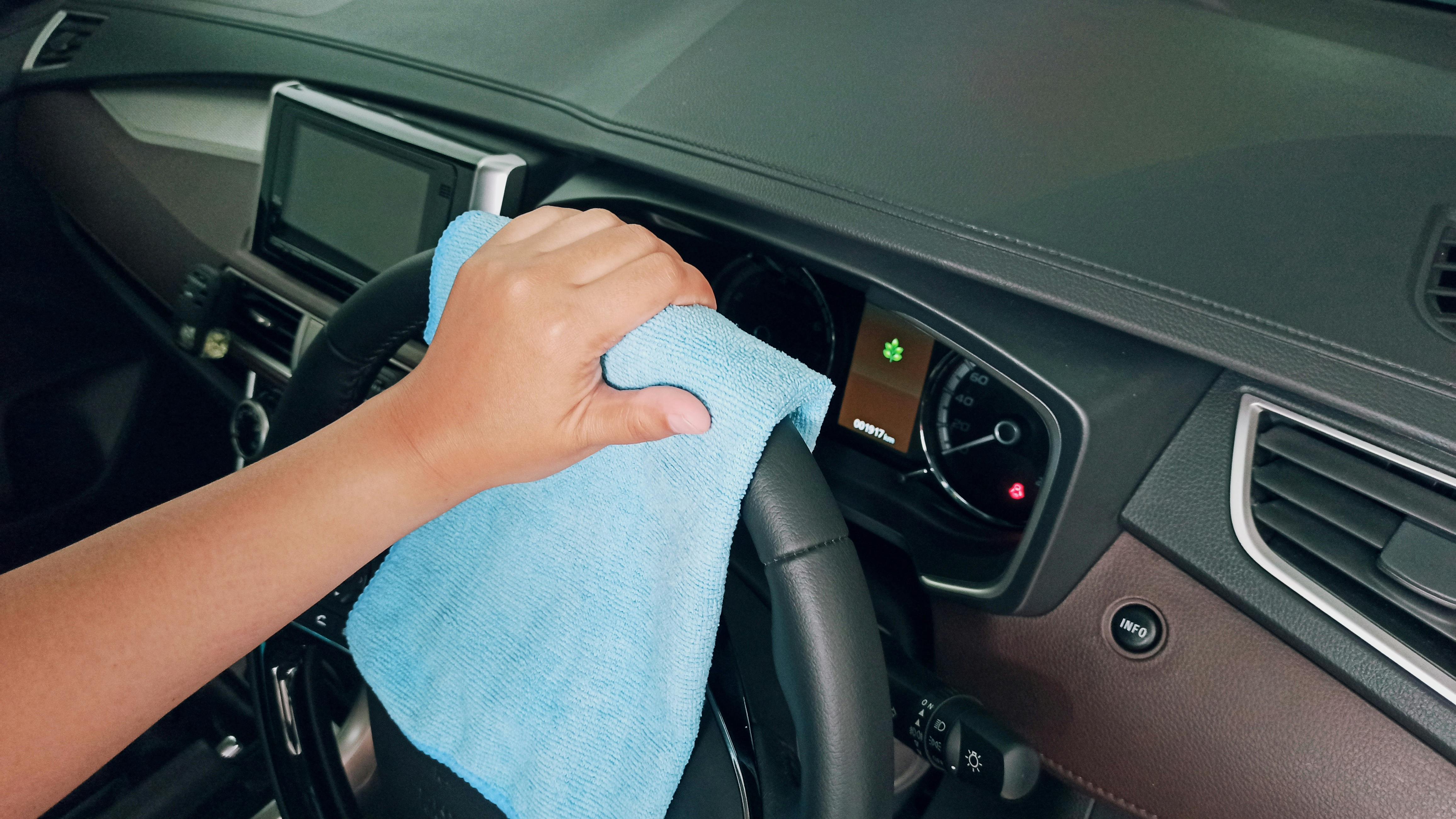Skills You Need to Restore a Classic Car
Restoring a classic car can be a scary topic for some people. There are many different types of work that go into restoring a classic car and most people are not trained in any of them. When you break the process down into the types of repairs that go into restoring your classic car, it’s easier to take in what you actually can or can’t do yourself.
An accounting of your skills can help you decide how much work you can do yourself and how much restoration work should be done by a professional.
Restoring your classic car can be divided into a few repair categories.
- Knowing your car
- Mechanical repairs
- Electrical repairs
- Interior or upholstery work
- Sheet metal or rust repair
- Preparation and repainting of surfaces
- Body and paint
- Repair and repainting of trim or trim
Some of these categories are self explanatory. Let me clarify the ones that are not so obvious.
Knowing your car
Cars have always been available with options like sports equipment packages, air conditioning, V8, 6-cylinder, or 4-cylinder engines, and the list goes on. As the car progresses in years, some of these options are removed from the vehicle, replaced with something of inferior quality, or never replaced at all. Option codes and workshop manuals are generally available for most classic American cars detailing this information.
Mechanical repairs
This covers much of what constitutes a car and would be most of the moving parts. You’ll see that the engine and transmission will need to be rebuilt, as well as all regular maintenance repairs like brakes and suspension, and rebuild component parts like starters, water pumps, and generators. Other components that are rarely considered are the parts under the dash, such as the heating or ventilation controls, the parts of the windows inside the doors, the hinges, and the latches. I’m just bringing it up, but you get the idea.
Electrical repairs
Electricity can be the scariest of all. In an older vehicle, the wiring harness can be dry rotten and cracked and brittle creating the risk of an electrical short. Switches wear out and even fall apart. On some vehicles where these parts are impossible to find, you will need to get creative and improvise using parts from another make of vehicle.
Interior or upholstery work
Fabric, vinyl, leather, threads, and padding or padding materials rot over time and need to be replaced. The colors also fade very badly.
Sheet metal or rust repair
Any metal made from iron will rust, even aluminum will rust and even disintegrate under the right conditions. The body plate will need to be replaced or repaired. This means knowing how to work with sheet metal, weld and even shape metal.
Preparation and repainting of surfaces
In addition to the exterior of the car body, there is a large amount of sheet metal surface that will need to be removed from old paint and surface rust, then prepared so that it does not rust further, and then repainted. This includes the car’s frame, suspension parts, differential, fasteners, and more.
Body and paint
Aside from sheet metal work, the exterior of the body will need to be smoothed and painted. This is a huge amount of work, which is why it can be so expensive.
Repair and repainting of trim or trim
Classic car trims and moldings were made primarily of metal. There are chrome steel parts, chrome pot metal parts, aluminum, stainless steel, and even brass or copper. Until recently, some parts cannot be repaired and recoated, pot metal being one of them. In extreme cases, you will need to weld new metal onto your trim, grind and sand, polish, and prepare for recoating.
That’s a lot to know how to do.
Fortunately, there are some really good instructional DVDs available that cover all of these topics. Still, you may want to specialize in just 2 or 3 of these skills and hire a professional to do the others.
Learning how to do something like this can be entertaining. Even if you do not plan to do some of this work yourself, you will want to know how the work is done so that you can recognize a job well done.
